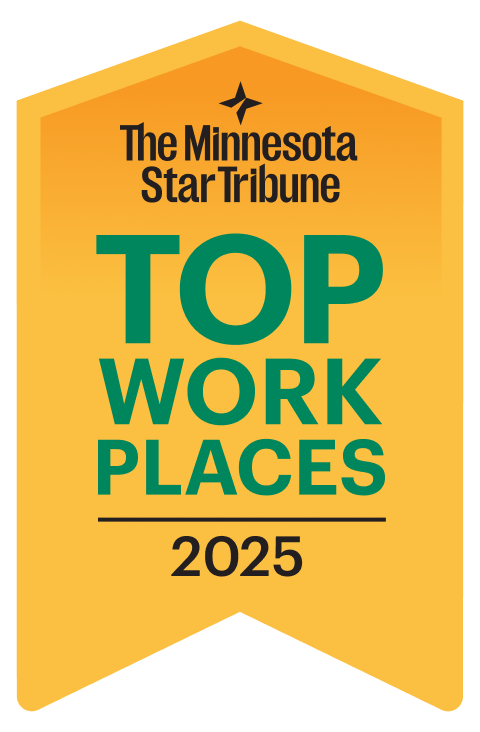Wednesday, February 24, 2021: Does your small business need a PPP loan? The SBA has announced that there is now a 14-day, exclusive PPP loan application period for businesses and nonprofits with fewer than 20 employees.
Small businesses have dedicated time to work with their lenders and community partners to submit their applications, while also ensuring that larger PPP-eligible businesses will still have plenty of time to apply for and receive support before the program expires on March 31, 2021.
SBA also announced four additional changes to open the PPP to more underserved small businesses than ever before. While these changes are being implemented, SBA will work with community partners to improve the emergency relief “digital front door” and conduct extensive stakeholder outreach. And, SBA will strengthen its relationships with lender partners to advance equity goals, deliver funding efficiently, and prevent fraud, waste, and abuse. SBA will:
- Allow sole proprietors, independent contractors, and self-employed individuals to receive more financial support by revising the PPP’s funding formula for these categories of applicants;
- Eliminate an exclusionary restriction on PPP access for small business owners with prior non-fraud felony convictions, consistent with a bipartisan congressional proposal;
- Eliminate PPP access restrictions on small business owners who have struggled to make student loan payments by eliminating student loan debt delinquency as a disqualifier to participating in the PPP; and
- Ensure access for non-citizen small business owners who are lawful U.S. residents by clarifying that they may use Individual Taxpayer Identification Number (ITIN) to apply for the PPP.
A critical goal from Congress for the latest round of PPP was to reach small and low- and moderate-income (LMI) businesses who have not received the needed relief a forgivable PPP loan provides. Congress set a $15B set-aside for small and LMI first draw borrowers. With existing policies, the current round has only deployed $2.4B to small LMI borrowers, in part because a disproportionate amount of funding in both wealthy and LMI areas is going to firms with more than 20 employees. The less than 20 exclusivity period combined with the changes to expand access for sole proprietors, ITINs, returning citizens, and student loan debt will help us achieve Congressional goals.
- From February 24th through March 10th, PPP loan applications will be open exclusively to businesses and nonprofits with fewer than 20 employees, which represents 98% of small businesses. This means less competition and dedicated support for the smallest businesses over the next two weeks.
- The loan calculation formula will be revised for sole proprietors, independent contractors, and self-employed individuals to secure them more PPP funding. Plus, $1 billion has been set aside for businesses in this category without employees in low- and moderate-income areas.
- The new rules eliminate the restriction on applications from business owners with any non-fraud felony conviction in the last year.
- Eligibility now also extends to small business owners who are currently delinquent or have defaulted within the last seven years on student loan debt.
- Signed copies of applicable federal tax returns actually filed with the IRS with appropriate schedules documenting income for self-employed individuals or partners, or an explanation as to why they are not relevant or not available
- PPP applicants can now use their Individual Taxpayer Identification Numbers (ITIN) to apply. This expands PPP access to non-citizen small business owners who are lawful US residents, like Green Card holders or those here on a visa.
The takeaway: The administration has committed to these and other changes that will help get funding to the small businesses who need it most. If you fall into any of the above categories, consider applying (or re-applying) for a PPP loan within the 14-day exclusive application period from now through March 10.
Still skeptical about applying for a PPP loan? In this week’s release, the White House also called out improvements to the program from last year:
- The share of funding going to small businesses with fewer than ten employees is up nearly 60 percent
- The share of funding going to small businesses in rural areas is up nearly 30 percent
- The share of funding distributed through Community Development Financial Institutions and Minority Depository Institutions is up more than 40 percent
If you need additional guidance on PPP or the application deadlines, contact our experts today. We’re here to help!
Click here to subscribe to our newsletter where we bring you the latest information that may impact you and/or your business.
*This information is also available on the SBA website here.







